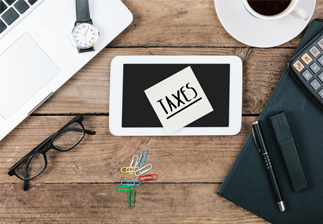 Saving and filing hundreds of receipts and tax receipts is a daunting task. Moreover, many individuals do not know how long tax records needs to be stored. Maintaining years of tax returns in an old cardboard box is a burden. This could also cause damage to the paper documents. The ideal way to store tax records is to digitize them by document scanning and indexing. When large volume documents are involved, it can be done with the help of document scanning services.
Saving and filing hundreds of receipts and tax receipts is a daunting task. Moreover, many individuals do not know how long tax records needs to be stored. Maintaining years of tax returns in an old cardboard box is a burden. This could also cause damage to the paper documents. The ideal way to store tax records is to digitize them by document scanning and indexing. When large volume documents are involved, it can be done with the help of document scanning services.
Usually, the IRS recommends keeping copies of tax returns and other related documents for at least a period of three years. Some documents should be kept for seven years if a tax payer needs to file an amended return or in case any question arises. Healthcare documents should be kept with other tax records. The records that tax payers have to keep include documents of any employer – provided coverage, premium paid, advance payment of the premium tax credit received and any type of coverage.
According to the Internal Revenue Service website, you should save federal tax records until the limitation period. It is important to keep the records that are related to income or deduction on a tax return until the period of limitation. The period of limitation refers to the time period in which you can amend the tax return to claim a credit or refund or that the IRS can assess additional tax.
Importance of Digitizing Tax Records
Digitizing tax records helps if the federal government has a question on your tax return. Your tax records may no longer be needed for tax purpose, but do not shred the documents. Many tax experts suggest retaining tax records in digital format in case you or your heir needs access to the information they contain. IRS also suggests scanning of tax papers and financial records into digital format that can be encrypted and stored securely in a flash drive or in any other storage device.
Having a good system to keep tax records safe and organized helps in finding the required documents more easily. Outsourcing to a document scanning company is the first step towards streamlining and efficiently managing your tax records and other documents.



